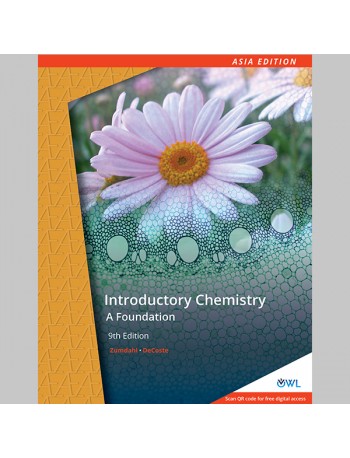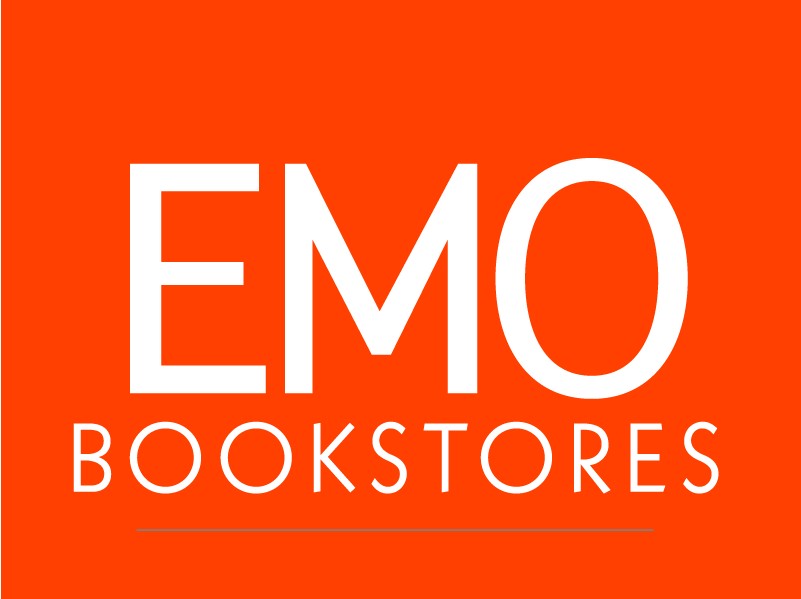
- Stock: In Stock
- Weight: 0.85kg
- ISBN: 9789814834469
Zumdahl and DeCoste's best-selling INTRODUCTORY CHEMISTRY: A FOUNDATION, Ninth Edition, combines enhanced problem-solving structure with substantial pedagogy to enable students to become strong, independent problem solvers. Capturing student interest through early coverage of chemical reactions, accessible explanations and visualizations, and an emphasis on everyday applications, the authors explain chemical concepts starting with the basics and conclude by encouraging students to test their own understanding of the solution. “Critical Thinking” questions useful for generating class discussion emphasize the importance of conceptual learning. Students have access to even more skill-building resources in OWLv2, the most trusted online learning system for Chemistry.
Features
- The treatment of stoichiometry in Chapters 9 and 15 now includes “BCA” (Before-Change-After) tables to give students another method to conceptually understand the role coefficients play in a balanced chemical reaction. Students are shown three methods to select a limiting reactant: comparing the amounts of reactant present, calculating the amounts of products that can be formed by complete consumption of each reactant, and using a BCA table. By thinking about a problem from various perspectives, students are encouraged to think about the fundamental conceptual aspects.
- The text's hallmark problem-solving pedagogy is enhanced by in-text examples that suggest what questions the students should be asking as they solve problems.
- Almost all of the in-text examples are "Interactive Examples" and available online in OWLv2. These examples require students to think through the example step-by-step, rather than simply scanning the written example in the text as many students do.
- Point-of-use "Critical Thinking" boxes emphasize the importance of conceptual learning and are particularly useful for generating class discussion.
- Section 8.4, "Learning to Solve Problems," is written specifically to help students better understand how to think their way through a problem.
- ChemWork problems are available in the end-of-chapter problems throughout the text and as interactive tutorials in OWLv2.
Table of Contents
1. Chemistry: An Introduction.
2. Measurements and Calculations.
3. Matter.
4. Chemical Foundations: Elements, Atoms, and Ions.
5. Nomenclature.
6. Chemical Reactions: An Introduction.
7. Reactions in Aqueous Solutions.
8. Chemical Composition.
9. Chemical Quantities.
10. Energy.
11. Modern Atomic Theory.
12. Chemical Bonding.
13. Gases.
14. Liquids and Solids.
15. Solutions.
16. Acids and Bases.
17. Equilibrium.
18. Oxidation–Reduction Reactions and Electrochemistry.
19. Radioactivity and Nuclear Energy.
20. Organic Chemistry.
21. Biochemistry.
